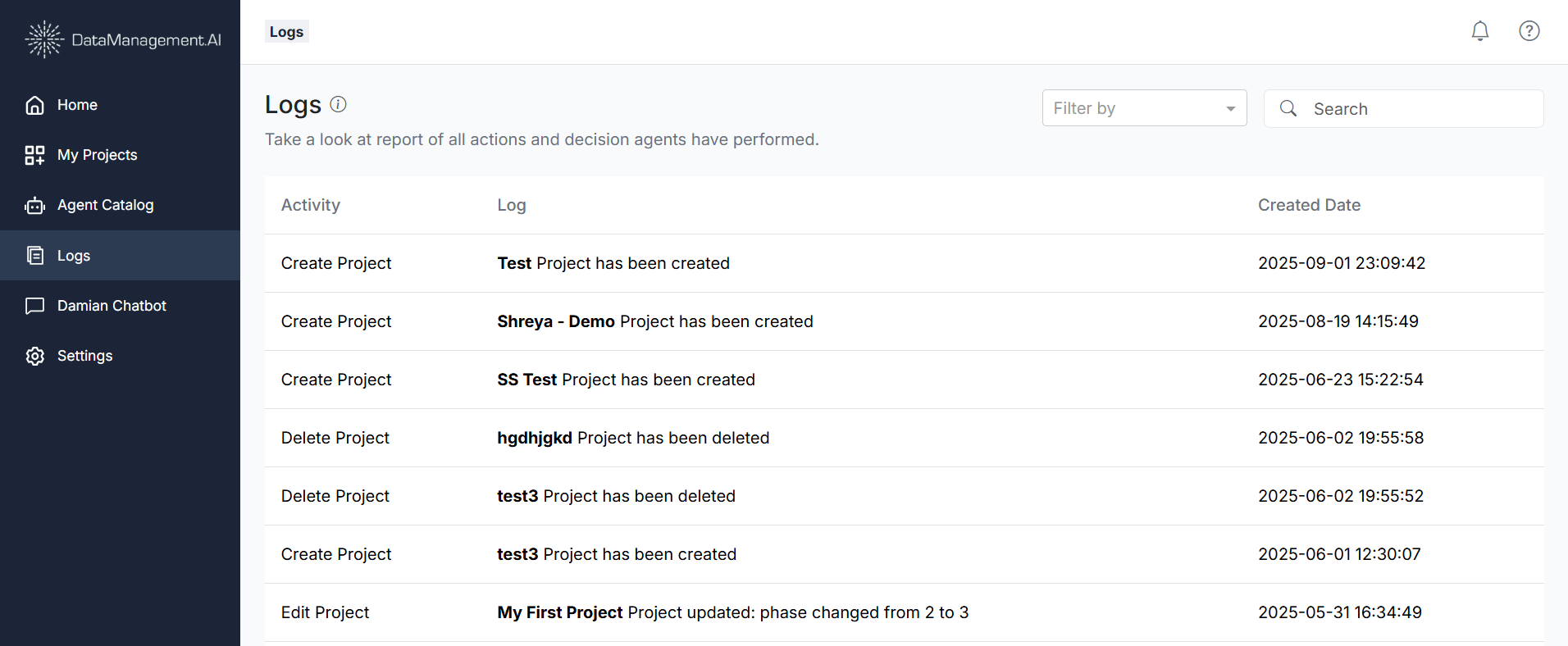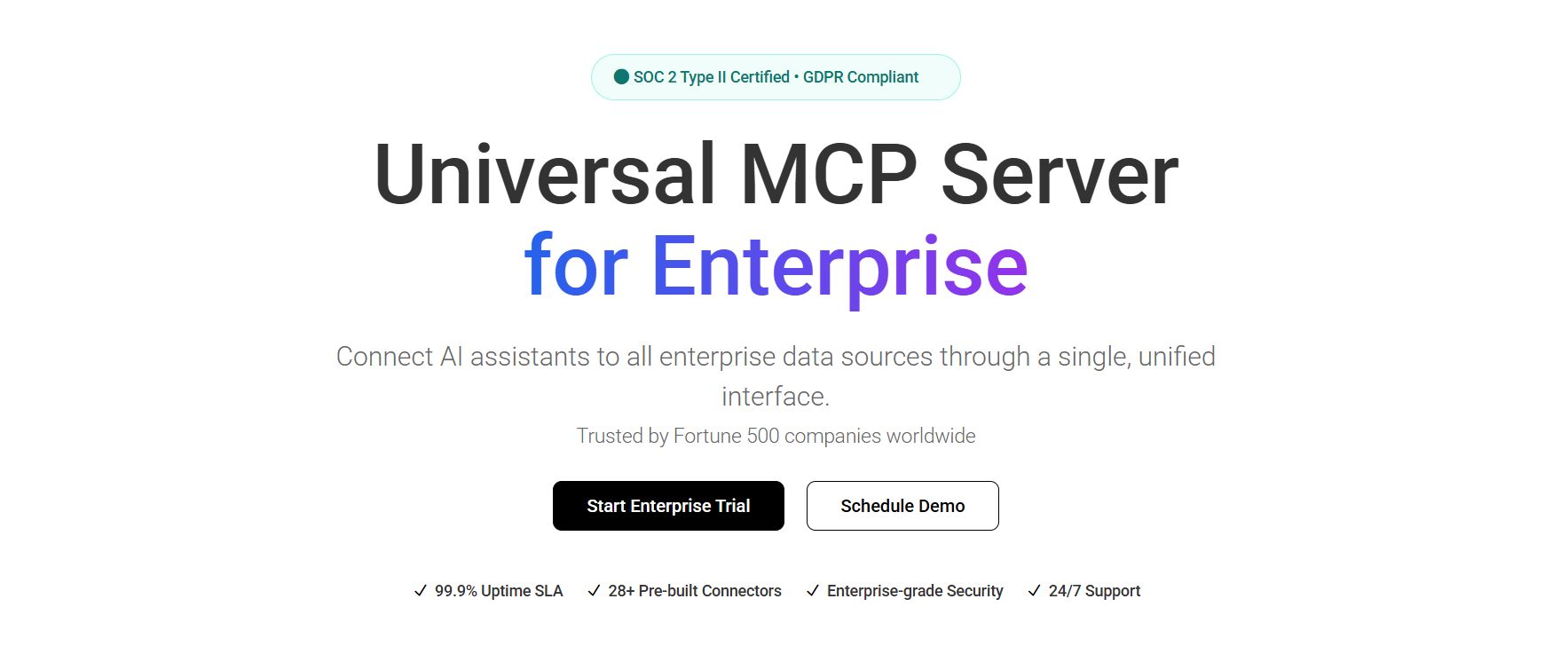- Towards AGI
- Posts
- Is Your Organization Asleep At The GenAI Wheel?
Is Your Organization Asleep At The GenAI Wheel?
The Cost of GenAI Complacency.
Here is what’s new in the AI world.
AI news: The Operational Imperative of GenAI Adoption
Hot Tea: GenAI's 7.5-Hour Weekly Impact
Open AI: Open Source as a Tool for National Development
OpenAI: ChatGPT Restricted on Critical Advice
Don't Watch the Future Happen, Shape It with GenAI
With all the excitement about generative AI, it's easy to lose sight of the fundamentals that drive any successful business transformation. As you consider GenAI for your organization, remember these core principles.
1) Always Start with the Business Benefit
Before you invest in any GenAI project, you must ask: "Why are we doing this?" There needs to be a clear benefit, growing revenue, reducing costs, or mitigating risk. At the end of the day, every initiative should have an expected return on investment (ROI).

Even if your goals are strategic, like improving customer experience or advancing ESG, you must connect them to measurable business outcomes. So-called "soft" benefits like employee engagement need to translate into real value.
Always test your assumptions by asking: What happens if we don't do this? Ground the promise of GenAI in clear, quantifiable results.
2) Remember, It’s Not Just About the Technology
The old formula still holds true for you: People + Processes + Technology.
Technology is just one piece. Real transformation happens when you embed technology into your business processes, and often, when you redesign those processes entirely.
The people dimension is equally critical. For you, change management becomes a strategic necessity, requiring tight coordination between your CIO and CHRO.

Every role in your organization will evolve: some will be enhanced, others transformed, and new ones will be created. Your focus should be on retraining, reskilling, and retaining your best talent.
Beware of a new pitfall: as your employees use GenAI tools, they might become overly reliant on them, assuming the technology will do all the thinking. Don't let this happen. Your oversight and judgment are essential.
Remember: "Don’t fall asleep at the wheel."
3) Measure What You Expect to Achieve
You can't succeed without clear, shared measures of success. Beyond ROI, you must define a few key metrics that capture the goals of your transformation and align your entire organization around them.

Some metrics, like employee attrition, will be familiar gauges of how well you're managing change. Others will be new and specific to GenAI, such as adoption rates or productivity gains from automation.
The key for you is not to measure everything, but to measure what matters, visibly and consistently. You can only improve what you measure, and what you measure will drive behavior.
4) Enterprise Risk Management is Your Priority
The risks with GenAI are broader and deeper than most previous technologies. Today, risk doesn't just come from how you implement GenAI, but from how everyone in your organization uses it daily.
A pressing concern is the new digital divide GenAI could create. Organizations that adopt and integrate AI responsibly will surge ahead, while others will be left behind. Managing this imbalance is now part of your enterprise risk landscape.

Your board of directors must grasp GenAI's implications and embed it into corporate strategy, governance, and risk oversight. The solution for you isn't to slow down, but to move wisely.
Start by forming pilot teams, giving them the freedom to experiment in controlled environments, and using their lessons to guide your enterprise-wide adoption.
Journey Towards AGI
Research and advisory firm guiding industry and their partners to meaningful, high-ROI change on the journey to Artificial General Intelligence.
Know Your Inference Maximising GenAI impact on performance and Efficiency. | Model Context Protocol Connect AI assistants to all enterprise data sources through a single interface. |
The Workforce Transformation is Happening on Your Watch
GenAI is reshaping the nature of work faster than any prior technology. Jobs that are repetitive and rules-based may soon be managed by GenAI "bosses" that track performance, send feedback, and even flag layoffs.
If designed responsibly, such systems could make management more consistent. But they also raise tough questions about leadership and ethics when employees take direction from algorithms.
The Future of AI: Miniaturization, Agents, and Paradigm Shifts
Imagine a near future where:
1. 🚀 Miniaturized AI models like nanochat redefine scalability, enabling powerful AI at a fraction of the cost.
2. 💡 Agent ecosystems flourish, with platforms like LangChain— GenAI Summit (@genaisummitsf)
8:40 AM • Nov 4, 2025
The good news for you and your teams is that research shows teams collaborating with GenAI achieve the highest productivity, outperforming both teams without it and individuals using it alone. Human collaboration remains a key ingredient.
Your winning organization will be the one that combines the power of GenAI with the empathy, creativity, and understanding that only your people can bring.
Don’t fall asleep at the wheel. For you, success with GenAI depends on the fundamentals: a clear purpose, empowered people, meaningful metrics, and intelligent risk management, all focused on creating real, lasting value.
Survey: GenAI Saves Employees 7.5 Hours Per Week
According to a study from the London School of Economics and Protiviti, generative AI tools are significantly boosting workplace productivity by saving employees time, rather than just eliminating jobs.
The research found that workers using AI are saving nearly 7.5 hours per week, which translates to roughly $18,000 in annual savings per employee.
The adoption of AI varies by age, with younger generations leading the way: 71% of Gen Z and 73% of Millennial workers are using it, compared to 60% of Gen X and 52% of Baby Boomers.
JPMorgan literally shows how to save 360,000+ hours a year by using AI
— Hayes (@neatprompts)
2:00 PM • Sep 29, 2025
The most common uses for these tools are:
Writing and content creation (43%)
Communication and collaboration (34%)
Data analysis and visualization (27%)
A key finding is that while 60% of employees received no formal AI training, those who are trained become more productive. The most effective training involves interactive, hands-on workshops tailored to specific job roles.
Being an entrepreneur means working 12 different roles.
The smartest entrepreneurs use AI to be more productive.
Here are 6 ways to use AI to save you 30+ hours a week:
— MATT GRAY (@matt_gray_)
7:07 AM • Jan 13, 2024
Industry experts from Gartner and Nvidia confirm that a primary goal for businesses is to use GenAI to increase productivity. This allows employees to save time, focus on higher-value tasks, and fill labor gaps, with AI taking over mundane or dangerous work.
However, the reliability of these AI systems is only as good as the data they are built on. To ensure your productivity gains are sustainable and scalable, a robust data foundation is non-negotiable.

DataManagement.AI provides the integrated platform for data governance, quality, and orchestration, turning your enterprise data into a trusted fuel for GenAI. This ensures that the work automated by AI is accurate, secure, and drives meaningful business outcomes.
How Open-Source AI Offers Small Nations a Strategic Path
At the recent Vietnam International Digital Week 2025 (VIDW 2025), Vietnam's Minister of Science and Technology, Nguyen Manh Hung, announced the country's commitment to fostering an open-source AI ecosystem.
He presented this as a strategic opportunity for smaller nations to gain mastery and effectively apply cutting-edge technology.
Minister Hung framed the development of AI as a challenge of navigating a "narrow corridor" between chaos and control.
He emphasized that the goal is not to stifle innovation but to guide it wisely, balancing global cooperation with national sovereignty and technological creation with responsible control.
The event, which gathered about 800 domestic and international delegates, served as a platform to discuss strategies for the safe and responsible governance of AI.
A UNESCO representative acknowledged Vietnam's impressive global AI ranking (26th) and its strong digital infrastructure, while also recommending further investment in data security and AI data centers.
A key highlight was a ministerial roundtable on AI governance, reinforcing Vietnam's proactive role in international cooperation on technology and digital transformation.
The event also featured technology showcases and various forums on topics like 5G, digital infrastructure, and AI-driven transformation.
Vietnam's national AI strategy aims to establish five regional-scale AI brands by 2030. The country is actively advancing its legal frameworks and pursuing international partnerships to achieve this, such as the recent collaboration between NVIDIA and VNG's GreenNode to launch a major AI Cloud infrastructure in Southeast Asia.
ChatGPT No Longer Provides Medical, Legal, or Financial Guidance
OpenAI is officially repositioning ChatGPT from a "consultant" to an "educational tool," significantly restricting its ability to give specific medical, legal, or financial advice.
This change, driven by growing regulations and liability concerns, means you can no longer rely on the chatbot for personalized professional guidance.
Trending: ChatGPT stops offering medical advice unless a licensed professional is involved.
At Emerald, this shift plays to our strengths. You get licensed doctors and the latest LLM tech working in concert, but the real unlock is the data layer and context (bloods, wearables,
— Alexander (@Alex_Badalyan)
5:17 PM • Nov 3, 2025
What ChatGPT Can No Longer Do?
Under the new policy, ChatGPT is prohibited from acting as a certified professional. You should not use it for:
Medical Advice: It will no longer name specific medications or provide dosages.
Legal Advice: It cannot generate lawsuit templates or offer specific legal strategies.
Financial Advice: It will not give investment tips or buy/sell suggestions.
High-Stakes Decisions: This extends to areas like housing, education, migration, and employment without human oversight.
Attempts to bypass these rules by framing requests as hypotheticals are now being blocked by the system's safety filters.
What ChatGPT Can Still Do
The chatbot isn't completely mute on these topics. You can still use it to:
Explain general concepts (e.g., "What is a will?" or "How do tax brackets work?").
Outline broad mechanisms and treatments for conditions.
Summarize information and brainstorm ideas.
ChatGPT is now pulling back from offering legal advice
The current page for Usage Policies adds a clearer rule against giving "tailored advice that requires a license... such as legal or medical advice, without appropriate involvement by a licensed professional.”
— ❈Aref❈ (@aref_vc)
12:24 AM • Nov 3, 2025
Why This Change Matters?
OpenAI states the goal is to "enhance user safety and prevent potential harm" from users relying on the AI beyond its intended capabilities. This is crucial because:
No Confidentiality: Unlike conversations with a doctor or lawyer, your chats with ChatGPT are not protected by privilege and could potentially be subpoenaed in court.
Lack of Human Judgment: The AI cannot read body language, feel empathy, or understand your unique personal circumstances and risk tolerance.
Potential for Errors: Its outputs can contain mistakes or outdated information, and using it for critical tasks like drafting legal documents or financial plans carries real-world risks.
ChatGPT is now strictly an educational aid. For any high-stakes decisions related to your health, finances, or legal matters, you must consult a qualified human professional. The AI can explain a concept, but it cannot replace expert advice tailored to your situation.
This limitation exists because general-purpose AI lacks secure, real-time access to your private, contextual data. This is precisely the challenge the Model Context Protocol (MCP) is designed to solve.

TowardsMCP provides the essential framework and tools for building AI systems that can securely connect to your proprietary databases, documents, and applications, enabling the tailored, context-aware insights that generic chatbots cannot provide.
Your opinion matters!
Hope you loved reading our piece of newsletter as much as we had fun writing it.
Share your experience and feedback with us below ‘cause we take your critique very critically.
How's your experience? |
Thank you for reading
-Shen & Towards AGI team